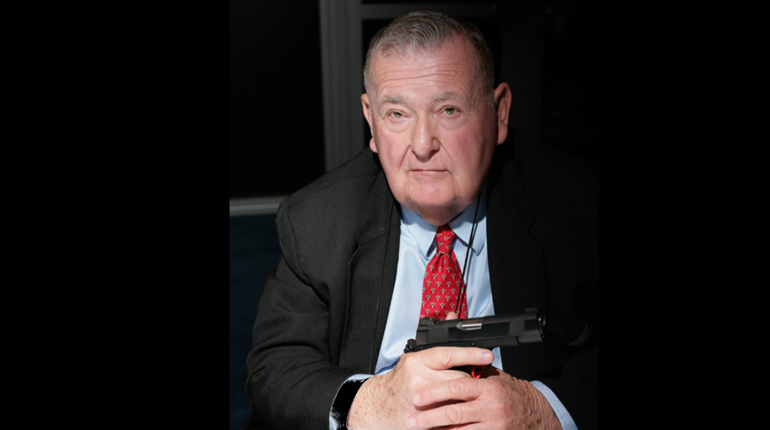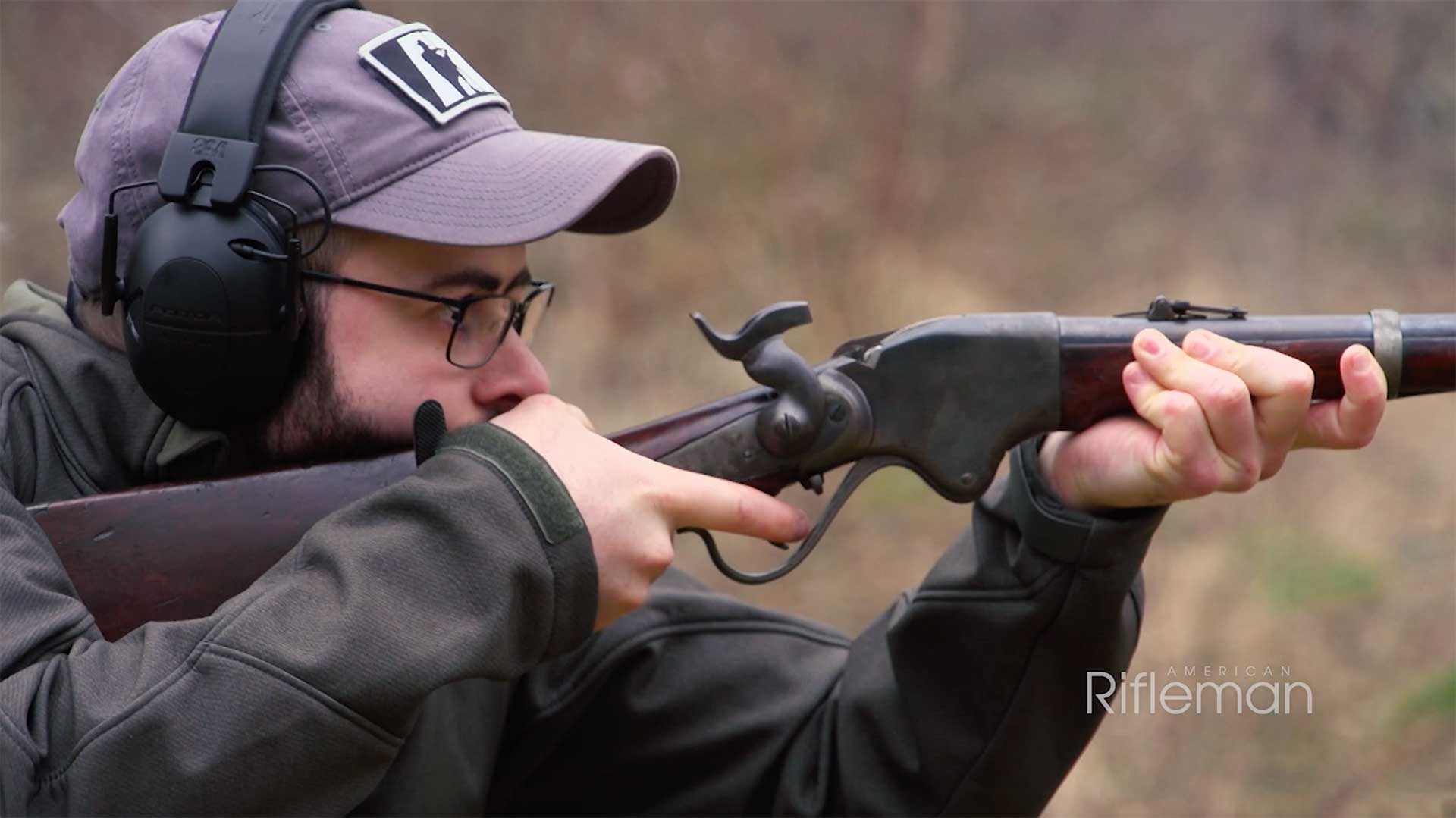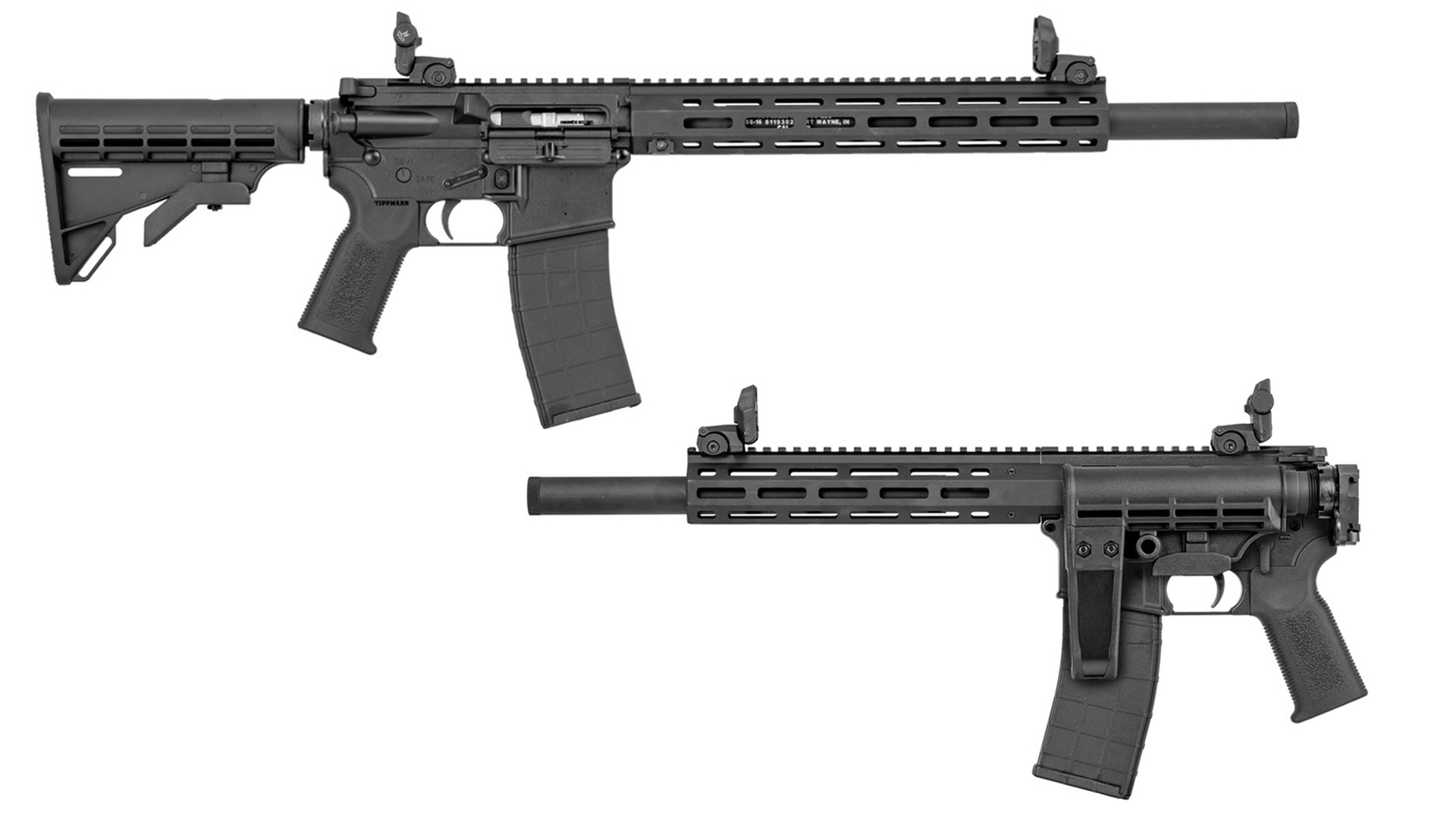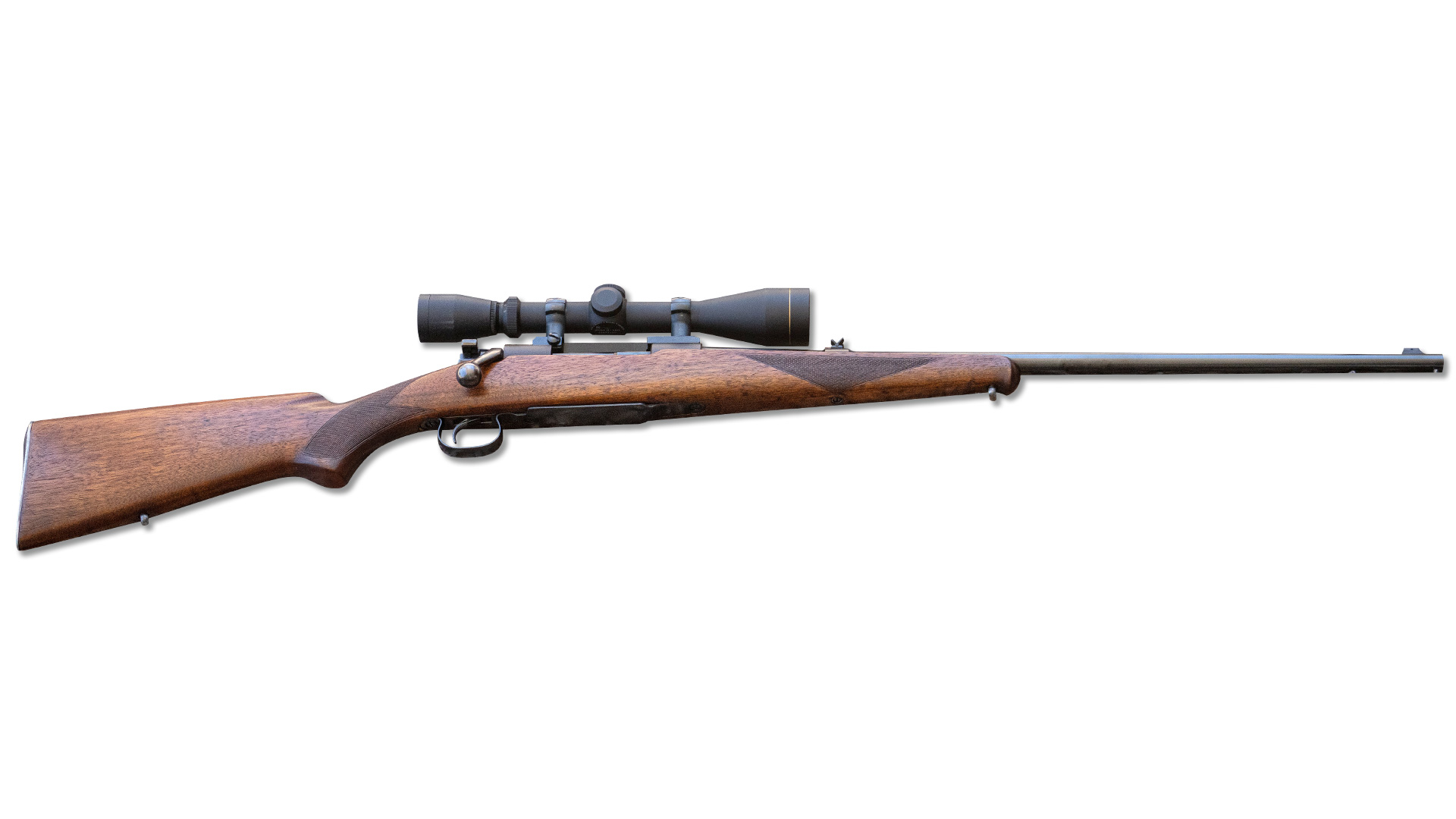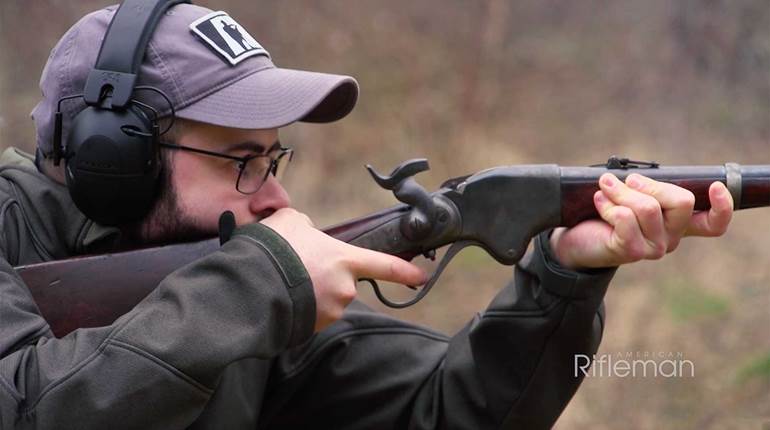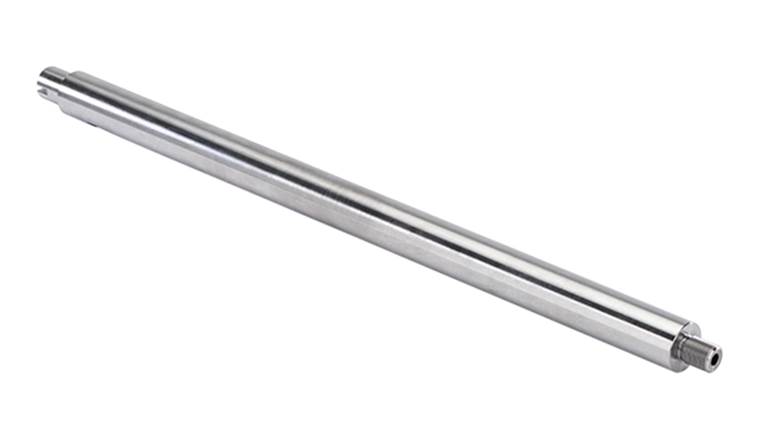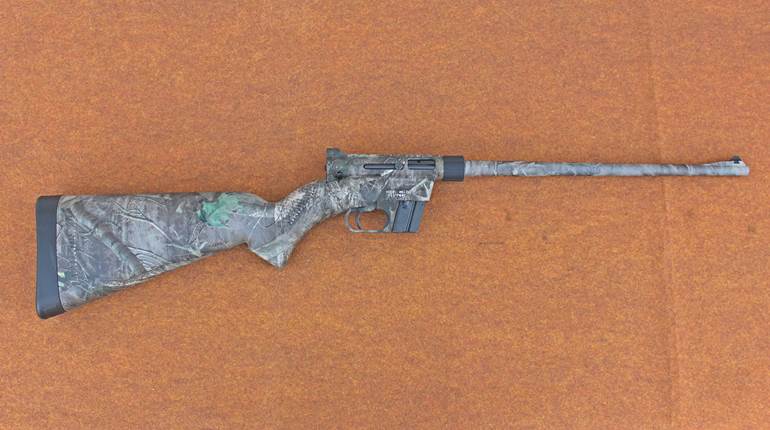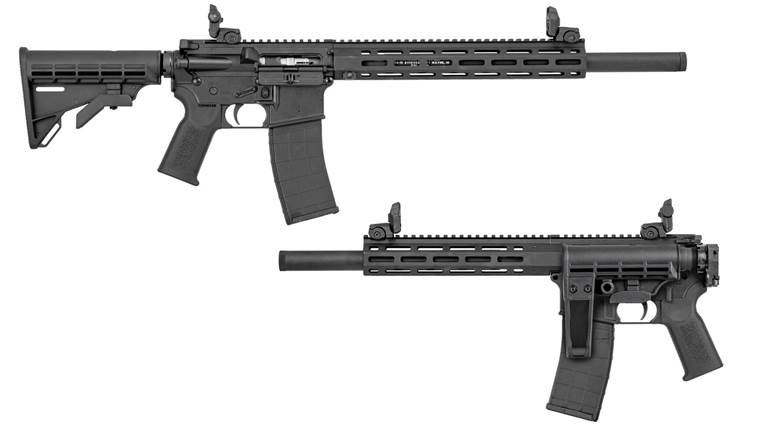
If there is a pervasive trend in the development of modern handgun ammunition, it is the development of more effective personal-defense ammunition. Much of this effort can be traced to the early years of the Wondernine Wars, when various makers struggled for supremacy in building double-action 9 mm pistols. To match the guns, ammo makers focused great attention on effective 9 mm ammo that would reliably stop criminal attacks. They developed some great loads and the effort to improve continues. Eventually, these techniques were expanded to apply to all kinds of handgun bullets in many calibers. The result is handgun ammo that really does what we want it to, both in terms of penetration and expansion. This is a matter of great interest to this handgunner and I have watched over the years as handgun ammo became better for real-world effectiveness. Today's police ammunition is far better than the 200-grain lead round-nosed stuff I was issued as a rookie cop in the ‘60s.
But something else has also happened in the course of these evolving events—today's ammo is more accurate than ever before. Since I started work as a gunwriter over 25 years ago, I have been systematically evaluating ammunition by means of Chuck Ransom's reliable machine rest. Looking back at articles written long years ago, as well as some of the tattered notebooks in which I recorded shooting results, I can see a steady improvement in accuracy, though it is possible that part of the improvement may come from better materials and methods used in building the guns themselves. I strongly believe that is true in the case of the 1911 pistol. Still, handguns in general seem to be delivering much tighter groups using commercial ammunition in Ransom Rest shooting.
I can't prove it, but I think the better accuracy may be an off-shoot of the drive to build a better hollow point. When the bullet engineers strove to make their JHP penetrate well and expand over a wide range of velocities, they focused on making the bullet spin at a consistent rate. Part of doing that is making the bullet concentric. The more that a bullet spins, the better the performance of the hollow point will be when it encounters resistance in barriers and the tissue of a target. But a balanced, concentric bullet, spinning at a proper rate in flight, simply flies more true than one that is lacking in concentricity. And obviously, the bullet that flies true, shot after shot, will strike more closely to the point of aim, time after time.













